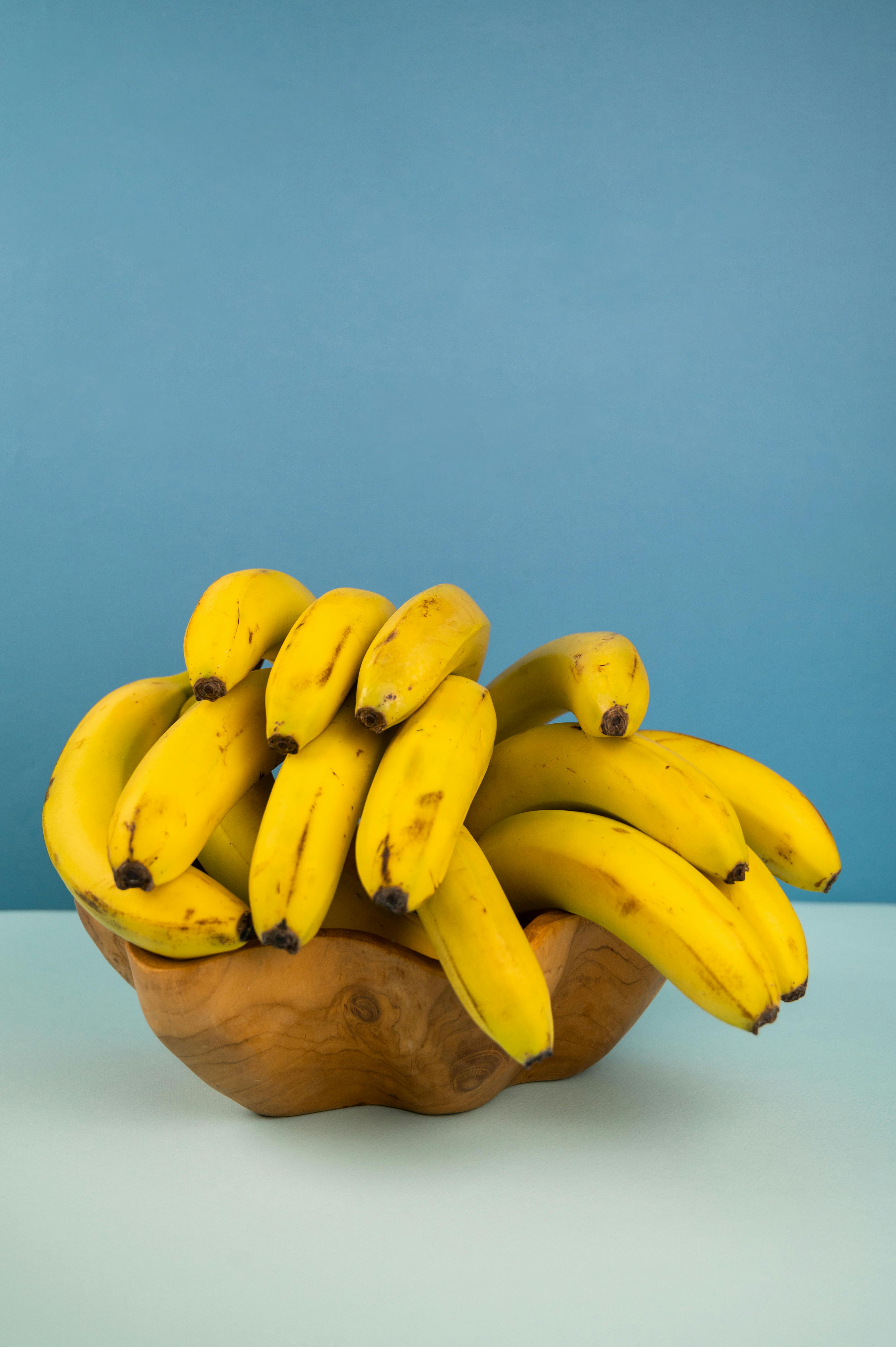Effective Ways to Optimize Vestibular Migraine Diet in 2025

Effective Ways to Optimize Vestibular Migraine Diet in 2025
Vestibular migraines can significantly impact the quality of life, with symptoms that often disrupt daily activities and routines. One crucial factor in managing these migraines lies in diet. Understanding how certain foods and dietary practices can influence vestibular migraine symptoms is vital for anyone seeking relief. As we look ahead to 2025, optimizing a vestibular migraine diet will play an essential role in both prevention and management.
This article will explore effective dietary strategies for those suffering from vestibular migraines, covering everything from foods to avoid to the benefits of an anti-inflammatory diet. We will also highlight meal planning tips, share vestibular migraine recipes, and discuss the importance of hydration and nutrition. By the end, you’ll have a comprehensive understanding of how to tailor your diet for optimal vestibular migraine relief.
In summary, this article aims to equip you with practical, science-backed ways to manage vestibular migraines through diet, ensuring a healthier and more balanced lifestyle.
Understanding Vestibular Migraine Symptoms
Before optimizing your vestibular migraine diet, it’s crucial to recognize the symptoms associated with this condition. Common symptoms include dizziness, imbalance, vertigo, and occasional nausea. Many individuals also report auditory disturbances, like ringing in the ears, which can exacerbate feelings of discomfort. Knowing these symptoms can help you identify potential triggers within your dietary choices.
Identifying Common Vestibular Migraine Triggers
Many vestibular migraine sufferers find that certain foods can trigger their episodes. Common triggers include aged cheeses, processed meats, and alcohol, particularly red wine. Additionally, food sensitivities to gluten, dairy, or histamines may play a role in exacerbating symptoms. By maintaining a food diary, you can document these triggers and help identify what to avoid.
Implementing Dietary Changes for Relief
Implementing dietary changes can feel overwhelming. However, adopting a systematic approach can make the transition smoother. Start by eliminating one potential trigger food at a time and monitor your symptoms. This method allows you to assess the direct impact of each dietary change on your vestibular migraines.
Maintaining a Food Diary
A food diary is an essential tool in managing vestibular migraines. By tracking what you eat and your resulting symptoms, you can better understand your personal triggers. It helps you refine your diet and enhances communication with healthcare providers regarding your condition.
Convergence of Nutrition and Migraines
Nutrition’s role in migraine management cannot be overstated. Consuming a balanced diet rich in nutrients, vitamins, and minerals plays a pivotal role in mitigating migraine frequency and intensity. Incorporating magnesium-rich foods, omega-3 fatty acids, and hydrating beverages can significantly contribute to overall wellness.
Herbal Remedies and Supplements
Some people find that herbal remedies and dietary supplements can aid in vestibular migraine management. Herbal options like ginger and peppermint may provide relief, while supplements such as vitamin B2 and magnesium have shown promise in reducing migraine frequency. It’s essential to consult with a healthcare provider before starting any new supplement regime.
Foods to Avoid with Vestibular Migraine
Understanding what foods to avoid is essential for those managing vestibular migraines. Certain foods can trigger attacks, making avoidance crucial for effective management. Here, we will examine specific categories of foods that are best left off your plate.
Processed and Aged Foods
Processed foods and aged cheese often contain high levels of tyramine, which can trigger migraines for some individuals. Limiting these foods can help reduce the frequency of vestibular migraine symptoms.
Alcohol and Caffeine Sensitivity
Alcohol, particularly red wine and beer, is a well-documented trigger for vestibular migraines. Additionally, caffeine may have a dual role; while it can provide short-term relief for some, it may worsen symptoms for others. It’s important to assess your personal reaction to both substances.
Common Food Sensitivities
For many, common allergens such as gluten, dairy, and refined sugars can exacerbate vestibular migraine symptoms. Exploring a gluten-free diet or monitoring dairy intake may yield positive results in your symptom management.
Foods High in Histamines
Foods rich in histamines—such as fermented products, certain seafood, and cured meats—can trigger vestibular migraine symptoms as well. Following a low-histamine diet should be considered by those particularly sensitive to these compounds.
Identifying Your Unique Triggers
Every individual is different, and what may trigger one person could have no effect on another. This highlights the importance of individual dietary management tailored specifically to your needs and sensitivities. Regular consultations with healthcare providers can also aid in identifying these triggers effectively.
Best Diet for Vestibular Migraine Management
Creating an effective diet for vestibular migraine management involves focusing on whole, nutrient-dense foods. By emphasizing an anti-inflammatory diet, you can help reduce the overall incidence of migraines and improve your quality of life.
Incorporating Anti-Inflammatory Foods
Anti-inflammatory foods, like whole grains, fruits, vegetables, nuts, seeds, and fatty fish, can help reduce inflammation that may contribute to migraines. Foods like fatty fish, rich in omega-3 fatty acids, are particularly beneficial.
Hydration's Role in Migraine Prevention
Proper hydration is key to managing vestibular migraines. Dehydration can lead to headaches and dizziness, so drinking adequate water is essential. Incorporate hydrating foods like fruits and vegetables into your diet as well.
Meal Planning Essentials
Meal planning plays an important role in maintaining a healthy diet for vestibular migraines. Preparing meals in advance reduces the likelihood of reaching for trigger foods in moments of convenience. Focus on a balanced mix of proteins, healthy fats, and complex carbohydrates in your meals.
Cooking with Vestibular Migraine in Mind
Cooking at home allows you to control ingredients and create meals that suit your dietary restrictions. Utilize fresh herbs and spices to enhance flavors without introducing common migraine triggers. Exploring vestibular migraine recipes can help simplify this process.
Using Food Sensitivity Testing
Consider utilizing food sensitivity testing to pinpoint specific foods that might be triggering your vestibular migraines. By learning which foods to avoid, you can more finely tune your diet, ensuring you focus only on those that promote your wellness.
Supplementation and Lifestyle Modifications
Alongside dietary changes, exploring supplementation and lifestyle modifications can enhance your management of vestibular migraines. Together, these strategies can create a comprehensive approach to maintaining your health.
Useful Supplements for Migraine Relief
Several supplements can play a key role in reducing migraine frequency. Magnesium, vitamin B2, and coenzyme Q10 have shown promise in clinical studies. Always consult your healthcare provider to find the supplement that's right for your situation.
Developing Relaxation Techniques
Stress can trigger vestibular migraines, so integrating relaxation techniques—including yoga, meditation, and deep-breathing exercises—can be beneficial. Regular practice has shown improvements in managing stress and reducing migraine attacks.
Balancing Exercise and Rest
Finding a balance between activity and rest is essential for those prone to vestibular migraines. Regular, low-impact exercise like walking can improve overall wellness but should be approached conservatively to avoid inducing symptoms.
Establishing a Regular Sleep Routine
Sleep hygiene should be considered a critical factor in your lifestyle modifications for vestibular migraine management. A consistent sleep schedule and a calming nighttime routine can significantly enhance sleep quality and impact overall health.
Engaging in Support Groups
Connecting with others who experience vestibular migraines can be invaluable. Support groups provide emotional support, practical tips for managing the condition, and shared experiences that can aid in coping strategies.
Frequently Asked Questions about Vestibular Migraine Diet
What are the best foods to include in a vestibular migraine diet?
Focus on whole foods, such as fruits, vegetables, lean proteins, and healthy fats. Omega-3 fatty acids from fish, magnesium-rich foods like spinach and nuts, and antioxidant-rich foods can be especially beneficial.
How do I know which foods trigger my vestibular migraines?
Keep a detailed food diary to track what you eat alongside your symptoms. This can help you identify patterns and specific triggers over time.
Can supplements help in managing vestibular migraines?
Certain supplements like magnesium and vitamin B2 have been shown to significantly reduce migraine frequency for some individuals. Consult with a healthcare provider before starting any new supplement.
Is hydration important for vestibular migraine management?
Yes, staying hydrated is vital, as dehydration can trigger migraines. Aim for adequate water intake throughout the day.
How can I best prepare for social situations with vestibular migraines?
Plan ahead by researching menus in advance and communicating with hosts about your dietary restrictions. Bring along healthy snacks or migraine-friendly alternatives if necessary.
 example.com/image2.png
example.com/image2.png
 example.com/image3.png
example.com/image3.png